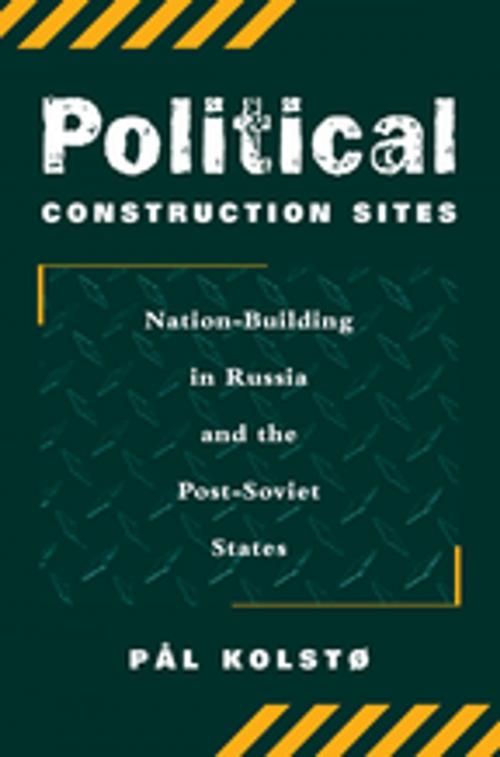Political Construction Sites
Nation Building In Russia And The Post-soviet States
Nonfiction, Social & Cultural Studies, Political Science| Author: | Pal Kolsto | ISBN: | 9780429977855 |
| Publisher: | Taylor and Francis | Publication: | February 19, 2018 |
| Imprint: | Routledge | Language: | English |
| Author: | Pal Kolsto |
| ISBN: | 9780429977855 |
| Publisher: | Taylor and Francis |
| Publication: | February 19, 2018 |
| Imprint: | Routledge |
| Language: | English |
The dissolution of the Soviet Union has provided scholars with tremendously rich material for the study of comparative nation building. Not since the decolonization of Africa in the 1960s have so many new states been established in one stroke in one region. The post-Soviet states, moreover, have all the necessary prerequisites for fruitful comparison: a number of similarities, but also significant differences in terms of size, culture, and recent history. In order to survive in the long run, modern states normally must have a population that possesses some sense of unity. Its citizens must adhere to some common values and common allegiance towards the same state institutions and symbols. This does not means that all inhabitants must necessarily share the same culture, but they should at least regard themselves as members of the same nation. Strategies to foster this kind of common nationhood in a population are usually referred to as 'nation building'. After a decade of post-Soviet nation building certain patterns are emerging, and not always the most obvious ones. Some states seem to manage well against high odds, while others appear to be disintegrating or sinking slowly into oblivion. To a remarkable degree the former Soviet republics have chosen different models for their nation building. This book examines the preconditions for these endeavors, the goals the state leaders are aiming at, and the means they employ to reach them. }
The dissolution of the Soviet Union has provided scholars with tremendously rich material for the study of comparative nation building. Not since the decolonization of Africa in the 1960s have so many new states been established in one stroke in one region. The post-Soviet states, moreover, have all the necessary prerequisites for fruitful comparison: a number of similarities, but also significant differences in terms of size, culture, and recent history. In order to survive in the long run, modern states normally must have a population that possesses some sense of unity. Its citizens must adhere to some common values and common allegiance towards the same state institutions and symbols. This does not means that all inhabitants must necessarily share the same culture, but they should at least regard themselves as members of the same nation. Strategies to foster this kind of common nationhood in a population are usually referred to as 'nation building'. After a decade of post-Soviet nation building certain patterns are emerging, and not always the most obvious ones. Some states seem to manage well against high odds, while others appear to be disintegrating or sinking slowly into oblivion. To a remarkable degree the former Soviet republics have chosen different models for their nation building. This book examines the preconditions for these endeavors, the goals the state leaders are aiming at, and the means they employ to reach them. }















